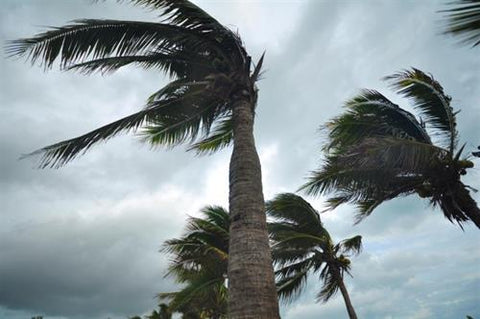
Two way radios are handheld, portable wireless communication devices that interact via radio waves on a single, shared frequency band. Walkie-talkies are capable of transmitting over short and medium distances, and, unlike cell phones, they are not reliant on a tower. This makes them a more reliable communications medium in a disaster event like a flood or the aftermath of a tornado, when traditional communications infrastructure may be down.
Two-way radios should be part of every organization’s disaster mitigation plan. Here are a few best practices for their use:
- Organizations should have emergency kits containing walkie-talkie sets stored in convenient locations. Staff should have training concerning how to access and use the devices.
- Having a communications plan in place for disasters is also important. Your organization should have a detailed plan for communicating on scene and with the outside world in the event of a disaster. Two way radios can be a huge asset in these situations, as they can help to pass information along to people outside the disaster area.
- Your organization’s walkie-talkies should be inspected at regular intervals throughout the year. Personnel should test them to see if they are in good order. Batteries should also be changed on a regular basis to ensure the device has power and to keep old batteries from corroding the connectors on the radio.
- Remember that there is no privacy on two-way radios. Communications can be easily intercepted by people tuning in on the same frequency. Personnel using two-way radios should keep communications professional and avoid language that could be embarrassing if heard by the general public.
Two Way Radio Gear sells Motorola two-way radios to customers nationwide. With nearly two decades of experience in radio equipment sales, service, and installation, Two Way Radio Gear understands its products and its customer base. Let us help you find the right solution for your two way radio needs.
